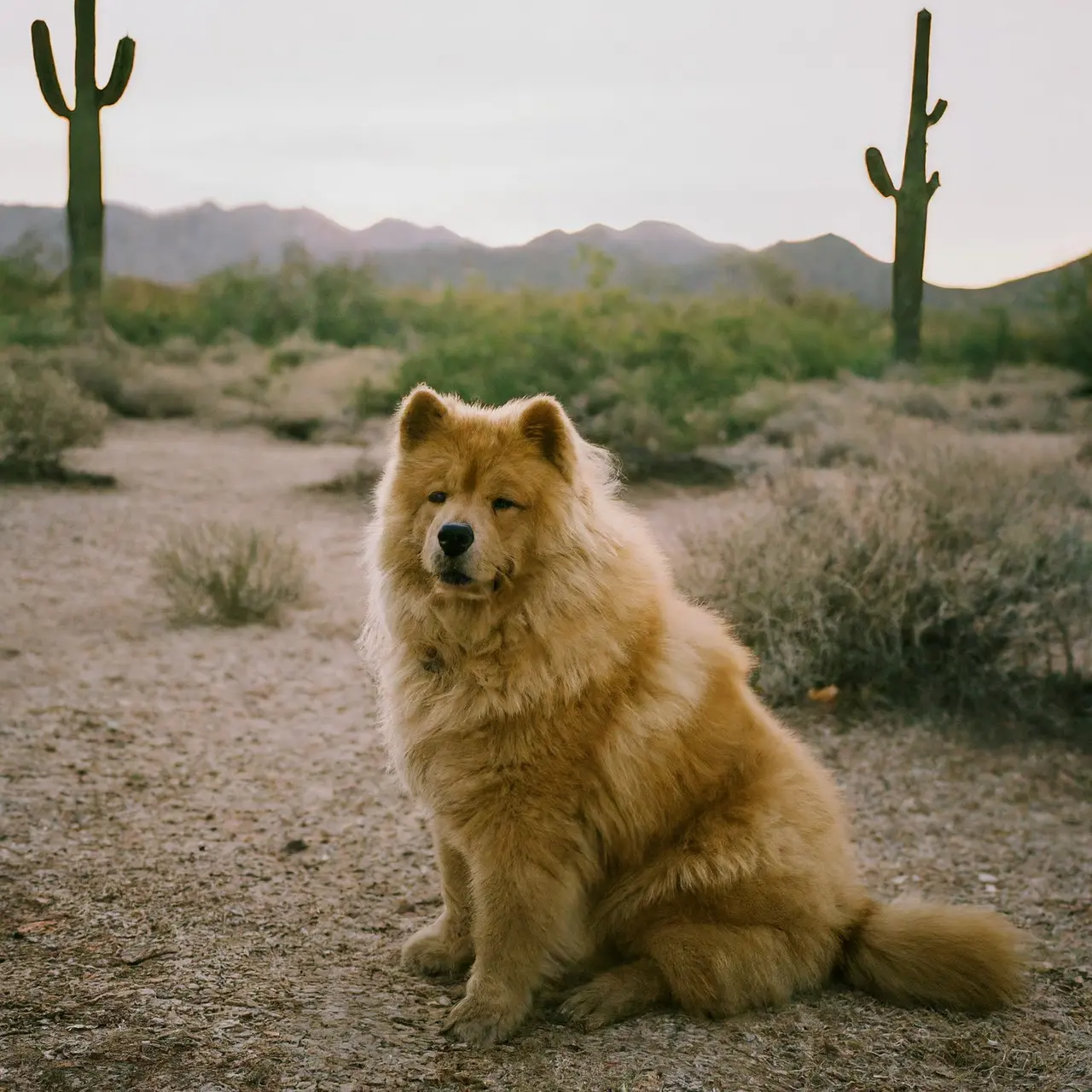Nestled within the sun-baked landscapes and the shifting sands of Nevada, the care for hypoallergenic dogs morphs into an art, balancing their unique needs with the climate’s fierce demands. This guide unravels the challenges and charms of nurturing these special companions in a state known for its arid deserts and glittering cities.
Introduction to Hypoallergenic Dogs and Nevada’s Climate
Understanding the unique intersection of hypoallergenic dogs and Nevada’s climate begins with appreciating the state’s extreme weather patterns—sweltering summers and chilly winters, all posing unique challenges to pet care. These dogs, often sought after for their minimal shedding, require specific attention to thrive in such conditions.
Hypoallergenic dogs, including breeds such as the Poodle, Bichon Frise, and Schnauzer, bring joy to those with allergies. However, their care in Nevada’s arid environment demands a proactive approach, from hydration to shelter, aligning with the state’s environmental extremities.
Understanding Hypoallergenic Dogs: Breeds and Characteristics
The term ‘hypoallergenic dogs’ refers to breeds less likely to trigger allergic reactions. While no dog is completely allergen-free, these breeds, including the Labradoodle, Portuguese Water Dog, and Yorkshire Terrier, have characteristics such as less shedding and dander production, making them a favored choice for allergy sufferers.
The Effects of Nevada’s Climate on Dogs
Nevada’s climate presents a unique set of challenges for dog ownership. The dry, hot summers can exacerbate skin issues in hypoallergenic dogs, leading to discomfort and potential health concerns. Similarly, the cold desert nights of winter challenge their ability to maintain body heat, particularly for smaller breeds less equipped to handle temperature fluctuations.
The intensity of the sun in states like Nevada raises concerns about heatstroke and dehydration in dogs. Ensuring access to shade and water, along with monitoring exercise times to avoid the midday heat, becomes paramount in safeguarding their health.
Nutritional Considerations in a Desert Climate
Feeding hypoallergenic dogs in Nevada’s desert climate goes beyond the basics of pet nutrition, emphasizing the need for hydration and diets that support skin health. Incorporating foods rich in omega-3 fatty acids can ameliorate the effects of Nevada’s dry environment, promoting healthier skin and coat.
Skin and Coat Care for Hypoallergic Dogs in Dry Conditions
In Nevada’s arid climate, maintaining the skin and coat of hypoallergenic dogs involves habitual grooming and hydration to prevent dryness and irritation. Specialized shampoos and conditioners, formulated for sensitive skin, can provide an extra layer of protection against the harsh environmental elements.
Regular brushing not only removes dead hair and dander, reducing allergens, but also distributes natural skin oils throughout the coat. This natural oil distribution is crucial in hypoallergenic dogs for maintaining skin hydration and elasticity in the dry Nevada air.
Proper Hydration and Heat Safety Tips
Hydration serves as the cornerstone of caring for hypoallergenic dogs in Nevada, necessitating constant access to clean water. During the hottest months, adding ice cubes to water bowls or providing frozen treats can offer relief from the heat, ensuring that hydration is both a priority and a pleasure.
Understanding and respecting the signs of heat exhaustion—including excessive panting, lethargy, and drooling—is vital. By planning walks during cooler parts of the day and utilizing cooling vests or mats, you can significantly mitigate the risks associated with Nevada’s high temperatures.
Exercise Routines Adjusted for the Nevada Environment
Adjusting exercise routines for hypoallergenic dogs in Nevada involves balancing their need for physical activity with the climate’s demands. Early mornings or dusk provide cooler temperatures, ideal for walks or playtime, minimizing exposure to the desiccating effects of the sun and heat.
Incorporating indoor activities can supplement outdoor exercise during the most extreme weather, providing mental and physical stimulation without the risk of heatstroke or dehydration. Interactive toys, agility courses, and training sessions can effectively keep dogs active and engaged while indoors.
Embracing Nevada with Your Hypoallergenic Companion
As our journey through the care of hypoallergenic dogs in Nevada comes to a close, we find that the convergence of tailored nutrition, vigilant skin care, and mindful exercise routines, all under the vast Nevada sky, not only ensures the well-being of our furry friends but also deepens our bond with them. For residents and pets alike, the state offers a backdrop of challenges turned opportunities, where the essence of care is both a discipline and a declaration of our dedication to our hypoallergenic companions.




